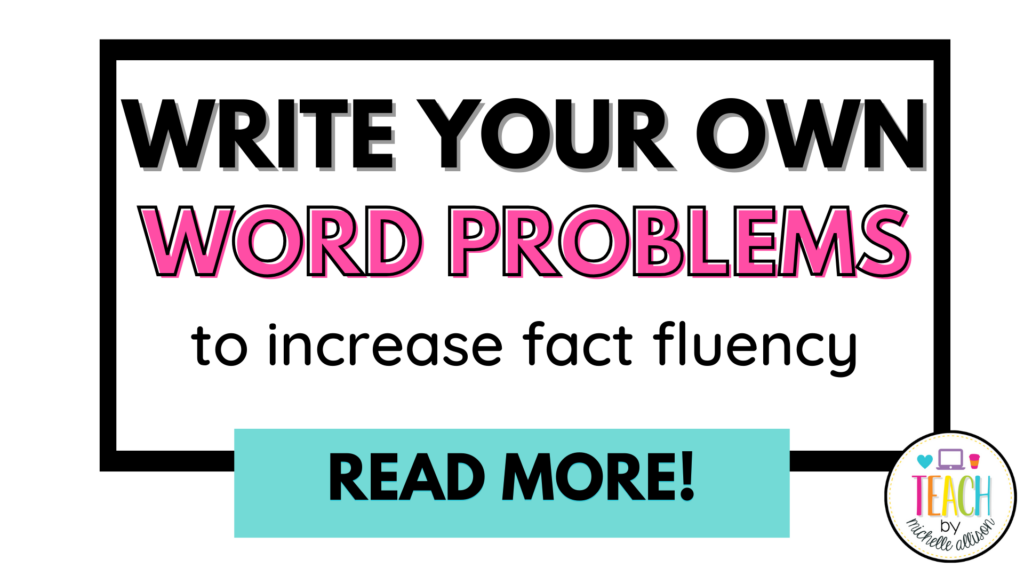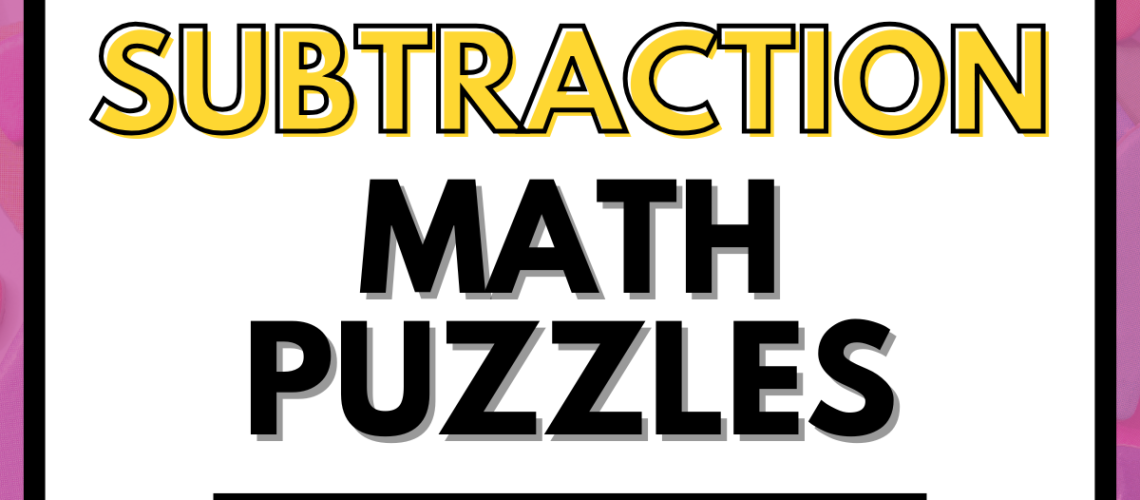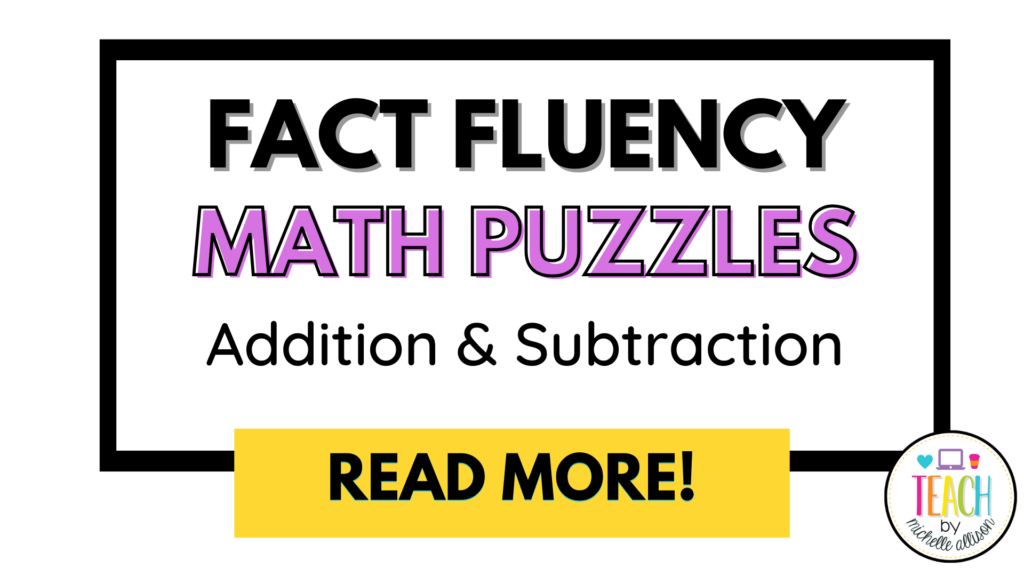
As elementary teachers, we know how tricky it can be to turn math practice into something our students actually want to do. But what if building fact fluency and mastering addition and subtraction within 20 didn’t have to feel like pulling teeth?
What if you could use engaging math puzzles to make learning math concepts fun, exciting, and completely irresistible?
The Struggle with Traditional Fact Fluency Practice
Worksheets. Flashcards. Timed drills. While these tools have their place, they’re not always the most exciting way to teach fact fluency. For some students, they’re effective; for others, they’re boring, stressful, or downright discouraging.
Math puzzles, on the other hand, take these concepts and wrap them in a layer of fun. They shift the focus from rote memorization to critical thinking, pattern recognition, and problem-solving. And the best part? Kids are learning without even realizing it.
Puzzles are engaging because they tap into our natural desire to solve problems and find answers. When kids work on math puzzles they’re building confidence, strengthening their logical reasoning, and learning to approach problems from different angles.
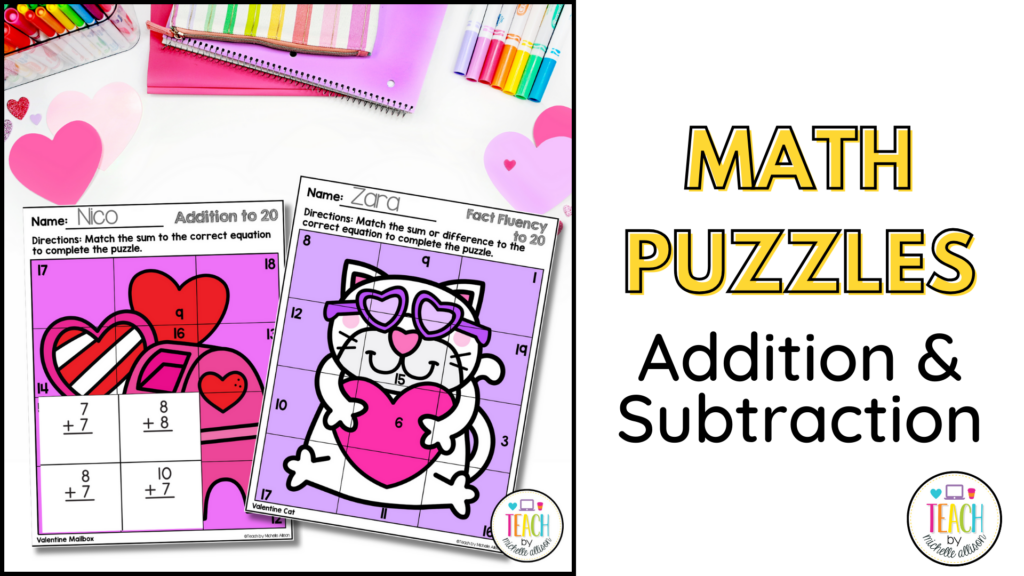
Benefits of Math Puzzles in Your Classroom
- Encourages Collaboration: Puzzles naturally invite teamwork. Students often discuss their strategies, share insights, and help each other solve problems.
- Supports Differentiation: Puzzles can be easily adapted for various skill levels, making them perfect for students who need a challenge and those who need more practice.
- Promotes Problem-Solving Skills: Beyond computation, puzzles require students to think critically, spot patterns, and make connections.
- Adds Fun to Math Practice: Math puzzles feel like games, which means students are more willing to tackle challenging concepts.
Fact Fluency Doesn’t Have to Be Boring
If you’re looking to bring more excitement into math, math puzzles are just what you need. Designed with busy teachers in mind, these puzzles are no-prep, print-and-go resources that help students build fact fluency in addition and subtraction within 20.
What’s Inside:
- Addition and Subtraction Puzzles: Perfect for practicing addition within 20 and reinforcing basic subtraction facts.
- Engaging Themes: Each pack of puzzles comes with seasonal or thematic designs to keep students hooked.
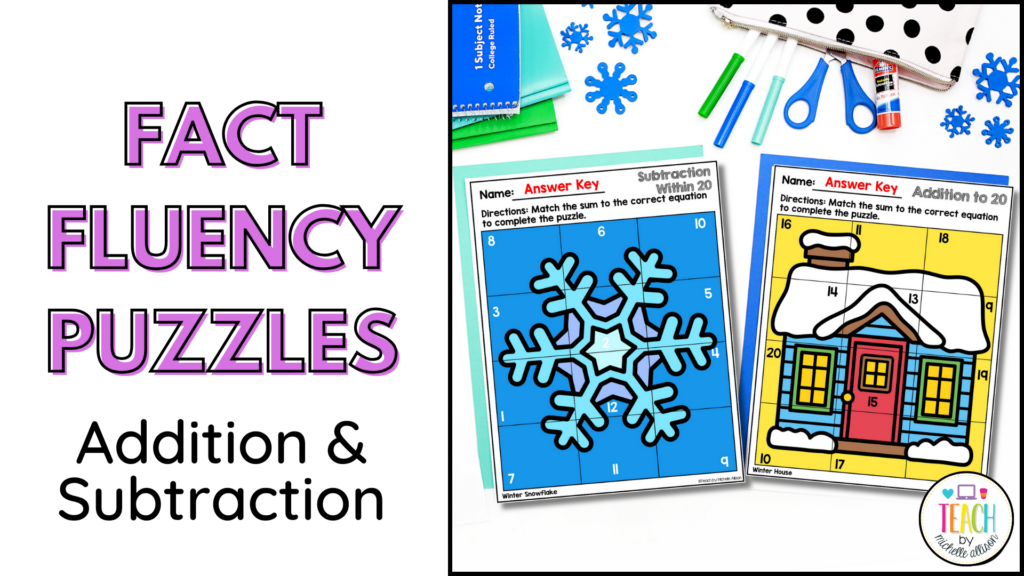
How to Use Math Puzzles in Your Classroom
Now that you’re sold on the benefits let’s talk about implementation. Here are some practical ways to incorporate puzzles into your lessons:
1. Morning Work
Start the day off with a brain-boosting activity! Math puzzles make excellent morning work because they’re engaging and set a positive tone for the day. Plus, they’re easy to differentiate if you’ve got a range of abilities in your classroom.
2. Math Centers
If you use math rotations, math puzzles are a perfect fit for your independent work station. Print the puzzles, provide some manipulatives (like counters or number lines), and let students practice addition within 20 while solving fun challenges.
3. Early Finisher Activities
We all have those students who finish their work in record time. Instead of having them sit idle, give them a math puzzle to keep them engaged and learning.
4. Homework
Send puzzles home as a fun alternative to traditional homework. Parents will appreciate the variety, and students will love showing off their skills in a low-pressure format.
Why Focus on Addition Within 20?
Mastering addition within 20 is a foundational skill that sets the stage for success in more complex math concepts. It’s not just about memorizing facts; it’s about building number sense and developing strategies that students will use throughout their math journey.
When students are fluent in addition and subtraction facts, they can tackle multi-step problems with ease, freeing up their cognitive load for higher-order thinking. And that’s why fact fluency, supported by engaging tools like math puzzles, is so critical.
Wrapping It Up
Math puzzles aren’t just a fun activity—they’re a powerful teaching tool that helps students develop essential skills in addition within 20 and beyond. With each pack, you’ll bring excitement and variety to your math lessons while giving your students the practice they need to build confidence and fluency.
Ready to transform your math lessons? Grab your Math Puzzle Pack today and watch your students fall in love with math all over again. Click here to grab it today!
Save to Pinterest for later!
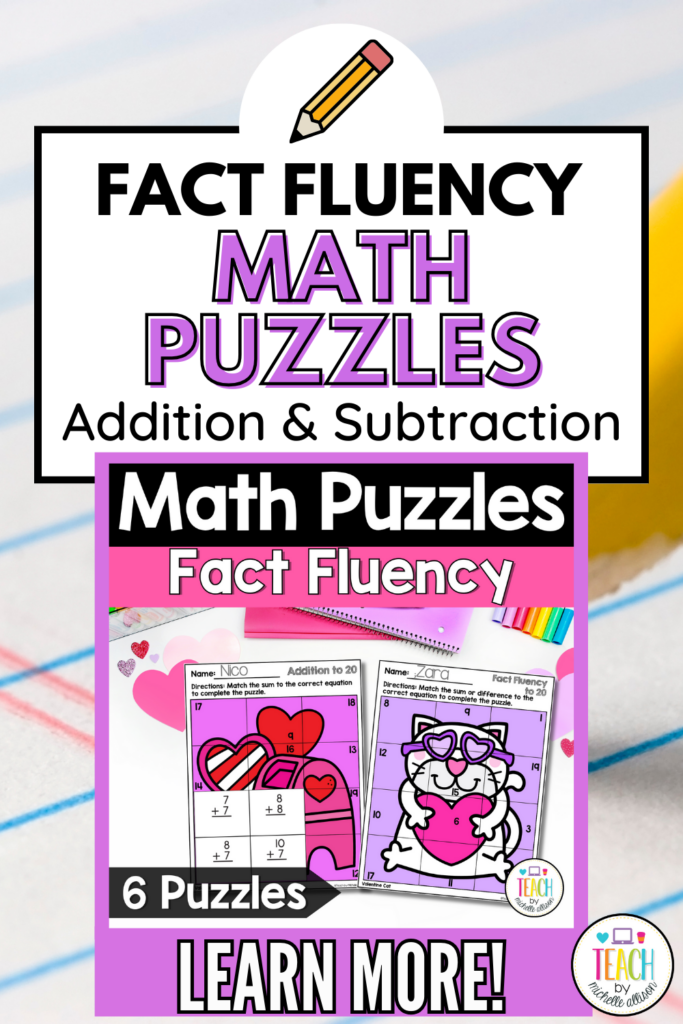
Other blog posts you might like!
